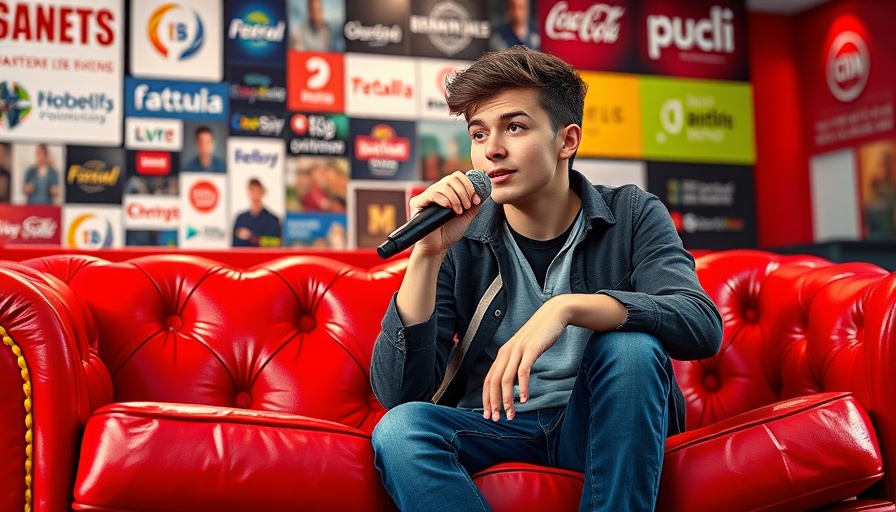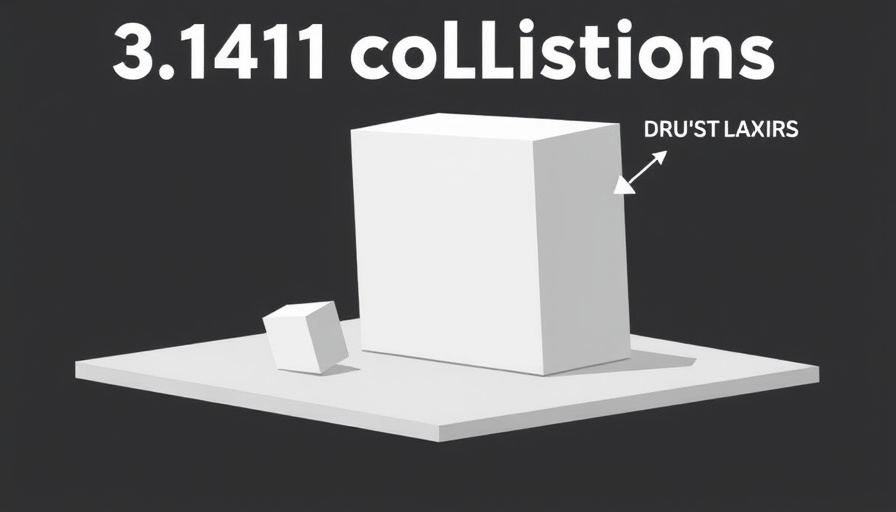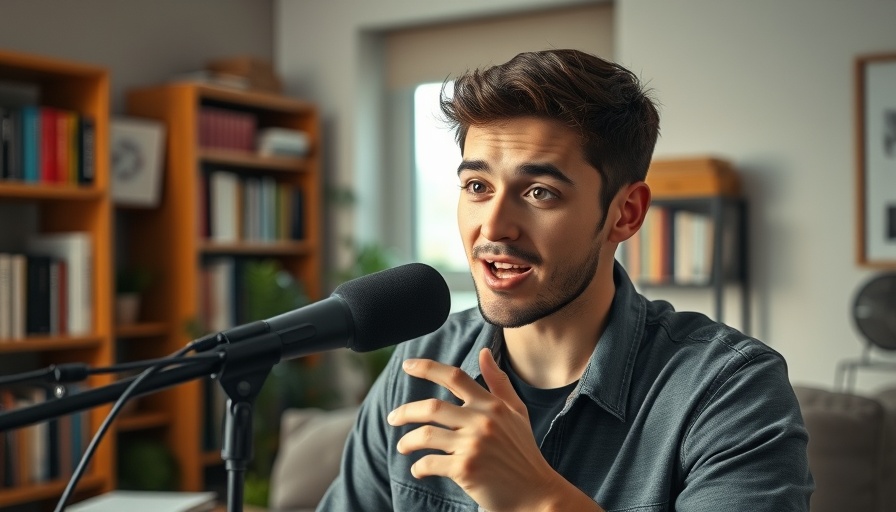
Understanding the Power of Wireless Technology
In the dynamic world of technology, wireless solutions are transforming our daily interactions and activities. The recent video titled "feeling the heat 🔥 jordan adetunji 20 wireless headliners in 20 seconds" highlights the exhilarating advancements in wireless audio technology. This swift showcase not only captivates viewers but also exemplifies how quickly wireless headliners have evolved to meet consumer demands.
In 'feeling the heat 🔥 jordan adetunji 20 wireless headliners in 20 seconds,' the exploration of wireless audio technology raises intriguing insights about its impact on creativity.
Making Technology Accessible for Everyone
One of the most significant aspects that Jordan Adetunji emphasizes in his video is the ease of access that wireless technologies now offer. Nowadays, curious consumers and DIY creators have the tools at their fingertips to craft their experiences seamlessly. From podcasts to live performances, the option to use headliners wirelessly enhances flexibility and creativity, allowing for a broad spectrum of potential applications.
How Wireless Headliners Elevate Experiences
Imagine setting up a backyard party or a unique creative project without the hassle of tangled wires. Wireless headliners accomplish just that—allowing users to connect easily and deliver high-quality sound without cumbersome setups. Whether it's for a casual get-together or a more formal gathering, these devices ensure everyone can enjoy clear audio without the limitations of traditional wired solutions.
Building a Community Around Wireless Technology
This shift towards wireless technology should be seen as part of a larger trend towards building community experiences. The ability for DIY creators to include superior sound in their projects fosters a sense of collaboration and innovation, whereby creators can share their work more broadly. That is reflected in the growing number of online communities supporting each other—leveraging technology to expand their influence.
Looking Forward
As consumers continue to embrace wireless options, the advancements in technology will only progress. We're likely to see further improvements in sound quality, battery life, and compatibility with other devices. Moreover, this growth opens doors for younger creators and tech enthusiasts, encouraging them to explore creative uses for wireless technology. Keeping an eye on emerging trends will be essential for anyone wishing to remain part of this rapidly evolving landscape.
The video titled "feeling the heat 🔥 jordan adetunji 20 wireless headliners in 20 seconds" serves as a reminder that we are living in an exciting technological era. With wireless innovations paving the way for exceptional experiences, there has never been a better time to explore how these advancements can enhance your creative endeavors.
 Add Row
Add Row  Add
Add 




Write A Comment